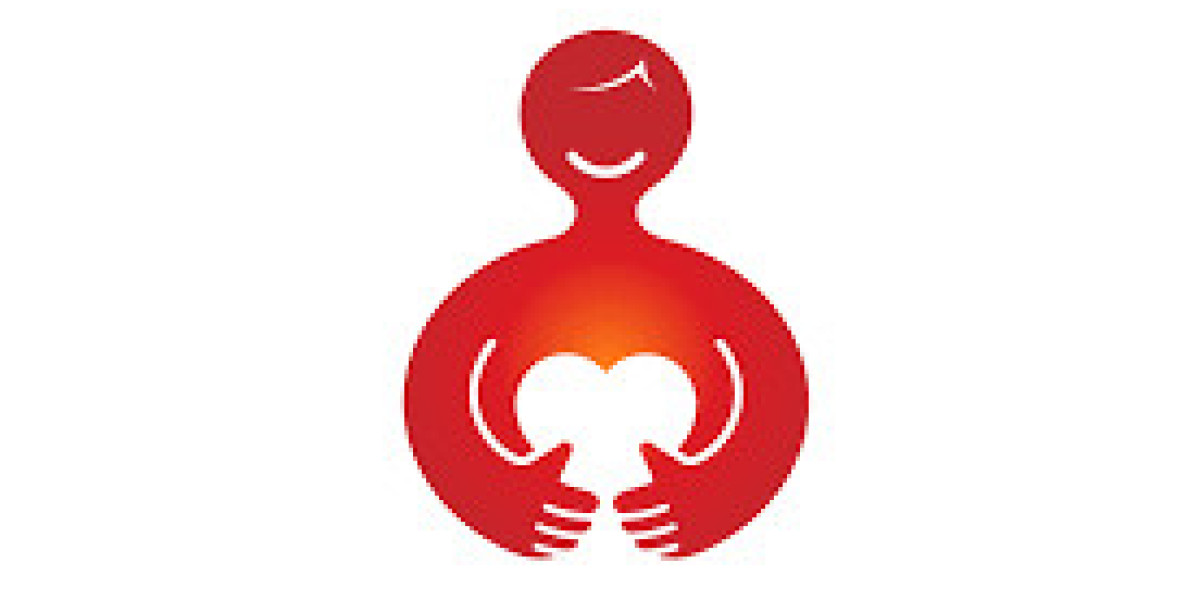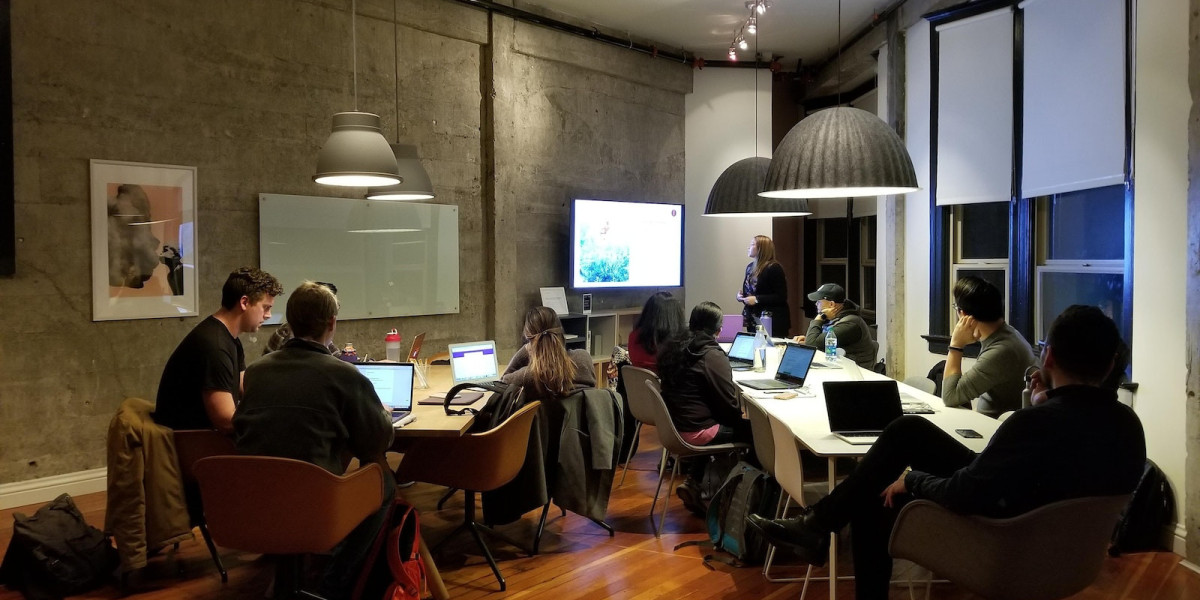Attention Deficit Hyperactivity Disorder (ADHD) is a neurodevelopmental condition that affects millions of people around the world. It is characterized by persistent patterns of inattention, hyperactivity, and impulsivity that can interfere with daily functioning. While ADHD is a well-known condition, it's important to recognize that it manifests in different subtypes: inattentive, hyperactive, and combined. Understanding these subtypes can provide valuable insights into how ADHD affects individuals, and how it can be managed for optimal health and well-being.
Inattentive ADHD
Individuals with inattentive ADHD predominantly struggle with sustaining attention and staying focused on tasks or activities. They often appear forgetful, disorganized, and may have difficulty following instructions. Inattentive ADHD is less overtly disruptive compared to the hyperactive subtype, which can sometimes lead to it being overlooked or misattributed to other issues.
Recognizing Inattentive ADHD
Difficulty Sustaining Focus: Individuals with inattentive ADHD find it challenging to concentrate on tasks, often becoming easily distracted by external stimuli or their own thoughts.
Forgetfulness and Disorganization: They may frequently forget appointments, lose items, and have difficulty organizing their personal spaces.
Lack of Attention to Detail: They might make careless mistakes due to overlooking important details.
Avoidance of Tasks Requiring Sustained Mental Effort: They may avoid activities that demand prolonged mental focus.
Frequent Daydreaming: They may appear lost in thought or "spaced out" at times.
Hyperactive ADHD
Hyperactive ADHD is characterized by excessive physical activity, restlessness, and impulsive behavior. Individuals with this subtype often find it difficult to sit still and may appear as if they are constantly on the move. They might interrupt conversations, have difficulty waiting their turn, and often act before thinking.
Recognizing Hyperactive ADHD
Excessive Physical Activity: Individuals with hyperactive ADHD are often in constant motion, even in situations where it is not appropriate.
Impulsivity: They may act on their impulses without considering the consequences.
Restlessness: They may find it challenging to sit still for extended periods of time.
Difficulty Waiting Their Turn: They may struggle with patience and may interrupt others frequently.
Talkativeness: They may talk excessively and have difficulty regulating their speech.
Combined ADHD
As the name suggests, combined ADHD encompasses a combination of both inattentive and hyperactive characteristics. This subtype is the most common, and individuals experience challenges related to both attention and hyperactivity.
Recognizing Combined ADHD
Symptoms of Both Inattentive and Hyperactive ADHD: Individuals with combined ADHD exhibit a mix of symptoms from both subtypes.
Varied Presentation: The presentation of symptoms may vary over time, with some days being more dominated by inattention and others by hyperactivity.
Increased Complexity: Managing the challenges of both inattentiveness and hyperactivity can be particularly complex.
Managing ADHD for Optimal Health
Effective management of ADHD is crucial for the overall health and well-being of individuals with the condition. This often involves a multi-faceted approach that may include:
Behavioral Therapy: Behavioral interventions can help individuals develop coping strategies and improve attention and impulse control.
Medication: In some cases, medication may be recommended to help regulate neurotransmitter activity in the brain.
Structured Routines: Establishing structured routines and schedules can provide a sense of predictability and help manage symptoms.
Diet and Exercise: A balanced diet and regular exercise can contribute to better overall health and may help alleviate some symptoms of ADHD.
Support and Understanding: Having a supportive network of family, friends, and professionals who understand ADHD can make a significant difference in an individual's life.
Understanding the subtypes of ADHD is crucial for recognizing how this condition manifests in individuals. By identifying whether someone has inattentive, hyperactive, or combined ADHD, appropriate support and interventions can be implemented. Remember, each individual's experience with ADHD is unique, and a personalized approach to management is key for promoting optimal health and well-being.
Inattentive ADHD: Coping Strategies
Structured Environment: Creating an organized and clutter-free workspace or living area can help minimize distractions for individuals with inattentive ADHD.
Task Lists and Reminders: Utilizing digital or physical task lists and setting reminders can be instrumental in keeping track of important deadlines and responsibilities.
Break Tasks into Smaller Steps: Breaking down larger tasks into smaller, more manageable steps can make them feel less overwhelming and increase the likelihood of successful completion.
Utilize Visual Aids: Visual aids, such as color-coded calendars or sticky notes, can provide visual cues and help with organization.
Regular Breaks: Taking short, regular breaks during tasks can help maintain focus and prevent mental fatigue.
Hyperactive ADHD: Practical Approaches
Physical Outlets for Energy: Engaging in regular physical activities like sports, yoga, or even fidget toys can help channel excess energy in a constructive manner.
Mindfulness and Relaxation Techniques: Practices like deep breathing exercises and mindfulness meditation can assist in calming the restless mind.
Time Management Skills: Learning effective time management techniques, such as using timers or setting specific time limits for tasks, can aid in staying on track.
Channel Impulsivity Creatively: Encouraging creative pursuits like art, music, or writing can provide an outlet for impulsive tendencies.
Establishing Routine Exercise: Regular physical exercise has been shown to have a positive impact on ADHD symptoms, helping to reduce hyperactivity and increase focus.
Combined ADHD: Navigating the Challenges
Individualized Strategies: Recognizing that the presentation of combined ADHD can be dynamic, tailoring strategies to the individual's current needs is crucial.
Balancing Activities: Finding a balance between structured, focused activities and opportunities for physical movement can be beneficial.
Open Communication: Encouraging open communication about challenges and preferences with healthcare professionals, educators, and support networks can facilitate more effective management.
Self-Advocacy Skills: Teaching individuals with combined ADHD to advocate for their own needs and preferences can empower them in various settings.
Consistency in Strategies: Maintaining consistent strategies and routines can provide stability and predictability for individuals with combined ADHD.
These are general strategies and may need to be adapted based on individual preferences and circumstances. Additionally, consulting with a healthcare professional is crucial for developing a personalized management plan.



